![]()
On the afternoon of Monday, 12th September 1853, Jane Collinge made her way to the home of 31 year old Elizabeth Cunliffe, her step-daughter, fearing that something terrible may have happened since they last spoke the previous day.
Elizabeth had suffered from severe depression since the birth of her daughter Alice Hannah, back in January of that same year and had been in a low state of mind for the past three months, at one point telling her stepmother that her soul would be eventually lost and only on the previous evening she said that there was no chance of her father, herself or her stepmother going to heaven – which, as you can imagine would have been an unsettling thing to hear.
As she approached Elizabeth’s home, the porch door was open but upon trying the front door, she found it was bolted from the inside. Still worried about the previous evening and seeing how troubled Elizabeth seemed, Jane quickly hot-footed her way back to her house to inform her husband, John.
A few minutes later and just after 2.00pm, John, along with Jane as well as Mary Dyson, a neighbour of the Cunliffe’s, would return to Elizabeth’s home and, just like his wife had already encountered, John found the front door to be fastened from the inside. After a few minutes of struggling, he somehow managed to force the door open and began to search the house for any signs of Elizabeth or any of her children.
The fire was out and it seemed the house was empty but John knew that was impossible as the front door had been locked from the inside so somebody must be in the house. Making his way upstairs and upon entering one of the bedrooms he saw not only three of Elizabeth’s children laying on one of the beds but also that of Elizabeth lying on another, her body entirely covered in bed clothes.
Fearing the worst, he removed the sheets, revealing Elizabeth who was wearing a night dress and two petticoats that had by now been besmeared with blood. Her head was downwards being supported by her hands and she had two handkerchiefs tied around her neck which he tried to lift. In doing so, blood gushed from the neck and whilst he didn’t see any wounds, he could hear wind rattling in her throat. Alarmed, he immediately replaced the handkerchiefs. Standing back, he noticed blood was trickling onto the floor beneath the bed and this is when the most shocking of sights would reveal itself.
Peering over to Elizabeth, John saw her youngest child, a daughter by the name of Alice Hannah, who was lying on a pillow that was close up by the wall. It was instantly obvious that she was no longer alive, her throat covered in blood along with the rest of her body.
Mary Dyson, who had followed John upstairs rushed over to Elizabeth, pushing John out of the way.
Leaning over her, Mary felt something hard that had been placed underneath Elizabeth’s pillow and after taking hold of the object, she removed it to reveal an open razor sprinkled with blood which appeared to be dry.
“Oh! Elizabeth, what hast thou been doing? And who has done this?” she would ask.
Amazingly, Elizabeth, albeit barely, was still alive.
Opening her eyes, she stuttered, “What is to do?” to which Mary replied, “There is plenty to do. Who has done this?”
After a moments pause, Elizabeth whispered, “Myself.”
Now, in hindsight, perhaps Mary herself could have prevented the events that took place on the 12th September as that morning she had spoken to Elizabeth but whilst the conversation may have taken on a sinister tone, Mary could not possibly have foreseen the tragedy that would transpire later on that afternoon.
Elizabeth’s parting words to Mary that day may perhaps give us clues as to her state of mind – “I must be hanged on a tree. I must be cut into lumps and whipped. God will not look upon me.” she would say.
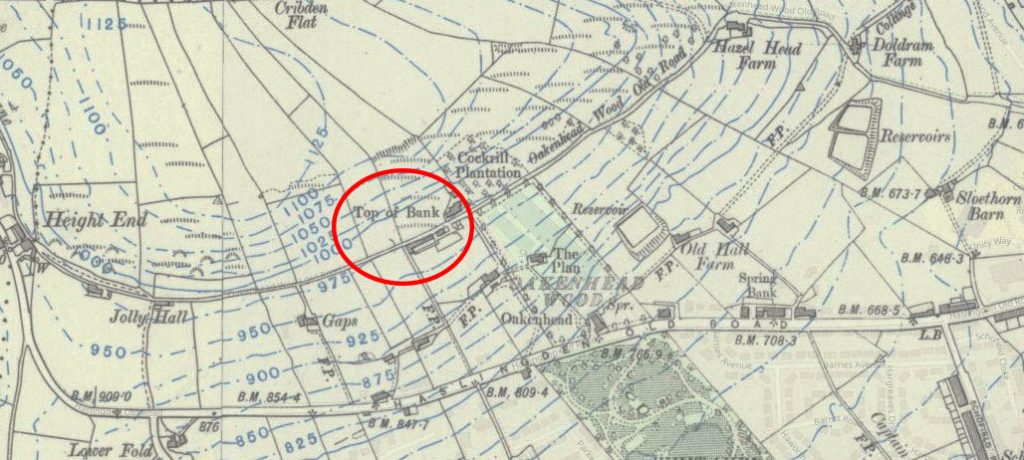
Oakenhead Wood Old Road circa 1888 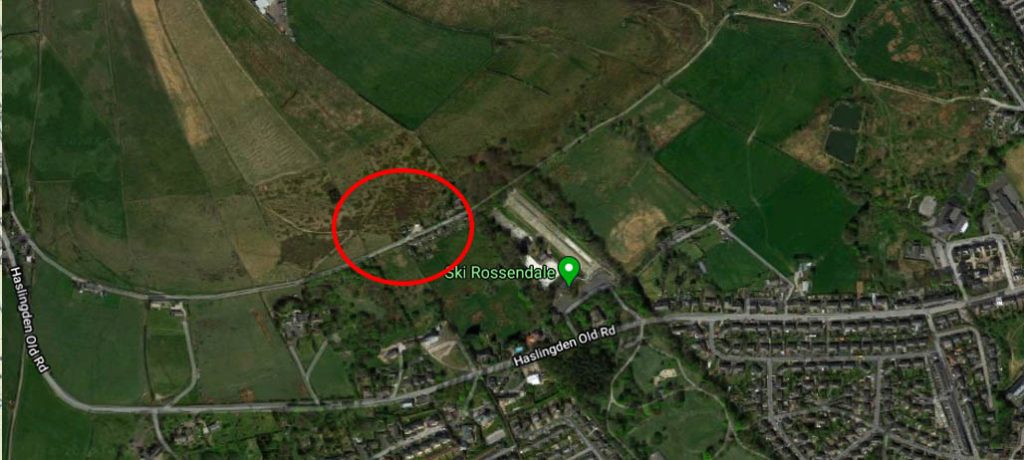
Oakenhead Wood Old Road 2021 (c) Google Maps 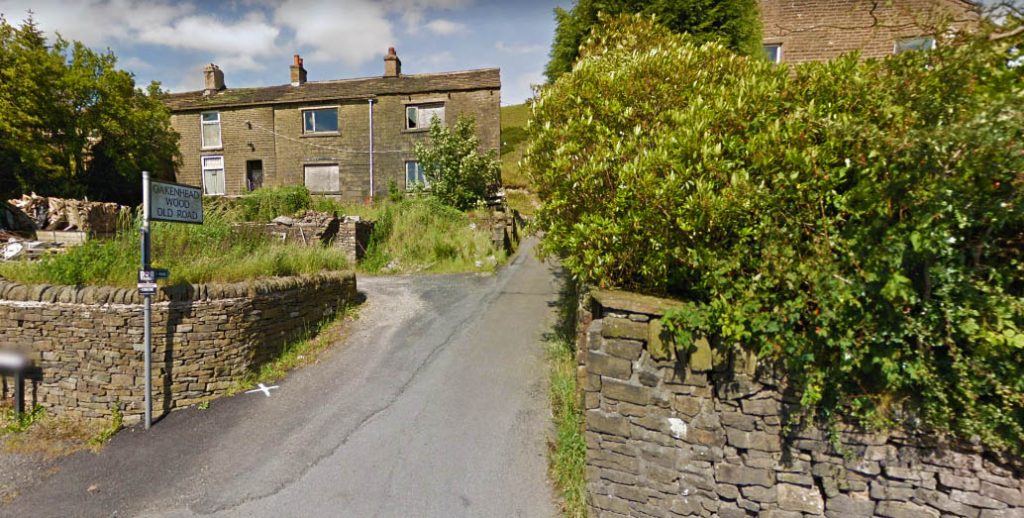
Road leading up to Oakenhead Wood Old Road 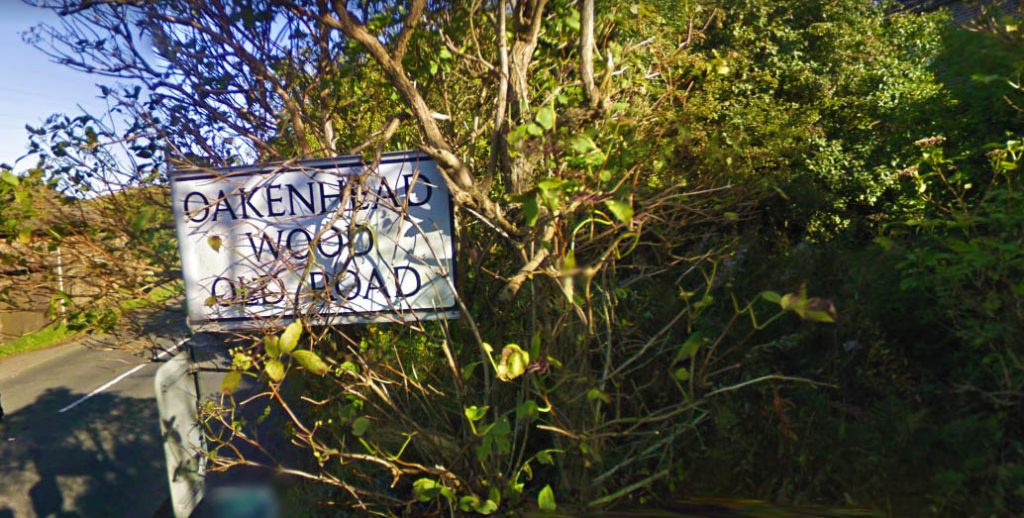
Oakenhead Wood Old Road
Oakenhead Wood is situated in an area known as Top ‘Oth’ Bank that resides on an old road that lies between Haslingden and Rawtenstall in the North West of England. It fell into a district known as Lower Booths that had three principal divisions – Oakenhead Wood, Rawtenstall and Constablee but by 1894 the township ceased to exist with the three areas being absorbed into the new townships of Haslingden and Rawtenstall respectively.
Back in 1853, cotton mills and factories had begun to prosper with many men and women being employed within them and this led to the towns and villages becoming overpopulated as people sought refuge in the limited number of dwellings that where available to them.
In the case of Elizabeth Cunliffe, she had been married to Henry Cunliffe since the 4th November 1843 and together they had four children – George 9 years, John 7 years, Whitaker 5 years and Alice Hannah 10 months and from the children’s baptism records, it seems Elizabeth, Henry and all of their children had moved within different areas of the district before finally arriving at Oakenhead Wood.
It seems that their marriage had never been one of harmonious joy as Henry would be drunk for most of the time, frequenting public houses after finishing work for the day and returning home in the later hours of the evening, always worse-for-wear. Whilst he may have appeared to be a hardworking man who, surprisingly was punctual for work, his private life and how he treated his family was shocking to say the least.
He would go missing for days at a time, leaving his wife and children destitute with not a morsal of food to be found in their home and one newspaper from April 1853 details Henry with being charged by a Mr. Whittaker, Overseer of Lower Booths, with neglect of his wife and children and he was ordered to refund the relief as well as expenses or be committed to prison.
So, it’s not surprising Elizabeth would eventually suffer from some form of breakdown and four months prior to her taking the life of her youngest child, Alice, as well as trying to take her own life, she had been visited by a surgeon by the name of Jonas Wimpenny who stated that at that time she was in a dreadful state and her mind was ‘greatly affected.’
The inquest into the death of 10 month old Alice Hannah Cunliffe and the attempted suicide of Elizabeth Cunliffe would take place on Thursday, 15th September and be held at the White Horse, Rawtenstall.
Mr. J. Hargreaves, coroner would open proceedings and one of the first witnesses to take to the stand would be Jane Collinge, the stepmother of Elizabeth. She would describe in detail how she had spoken to Elizabeth the day before she tried to take her own life and would speak of her seemingly unstable state of mind. She would also talk about the moments before and leading up to the discoverer of the child’s body.
John Collinge, father of Elizabeth would be next to be called upon, as would Mary Dyson, both of whom we have already spoken about.
Surgeon, Jonas Wimpenny would also be called to the stand and would go into great detail as to the events that unfolded that afternoon.
“I was called in about 3 o’clock on Monday, the child had been dead about three hours. It had a rough incised wound across the throat. Loss of blood was the cause of death. I arrived at this conclusion since the post-mortem examination. I found a razor beneath the mother’s head, but felt quite certain that the child’s wounds were not inflicted by that instrument, and therefore requested Mr. Whitaker to have the room well searched. On examining the mother I found two wounds in the throat; one at the top of the wind pipe, over the larynx, the other lower down in the throat, about an inch and a-half above the breast bone. I do not think that both wounds were inflicted by the razor. The upper one might have been made with that instrument. Her recovery is improbably but not impossible.”
Another witness who attended the scene when called for was Mr. Henry Whittaker, who recalled speaking to Elizabeth shortly after Jonas Wimpenny had attended to her wounds and she was able to speak a little. He spoke at the inquest of asking Elizabeth if she had cut her throat as well as that of her child, to which she replied yes to both questions.
“She seemed quite sensible at the time I put questions.” he would go on to say.
He would also speak of searching the room for the instrument used on the child, saying, “The bed was, in consequence, well searched but no other instrument was found in it. Margaret Green (neighbour) afterwards found a penknife with two blades, on the floor. The smaller blade was covered in blood.”
However, the most important witness and the only person to witness the shocking events that took place was that of John Cunliffe, the son of Elizabeth and Henry.
Aged just 7, he told the jury that he remembered seeing his father rising from the bed early Monday morning before getting dressed and leaving the house. He never saw his father after that.
“After father went, mother got up and went down stairs, returned and went to bed again, then got up a second time; went below and returned to bed again.”
“While she was down stairs the first time, I went to look at sister, Alice Hannah in mother’s bed : she was dead. There was blood on the side of the bed where sister lay; and on the other side I saw blood on the bed and on the floor. I went down stairs to tell mother the child was dead. She said nothing. After mother got into the bed the second time, I saw blood running from her on the floor; I stood beside her at that time.”
“Brother George told me to go and see if sister was dead. Saw my mother tie two handkerchiefs round her neck.”
During the inquest, Elizabeth, who was clearly unfit to attend, would be kept as a prisoner in her own home, guarded day and night by the police, and it would only take the jury a matter of a few minutes to return a verdict of “wilful murder” against her.
Due to the severity of the crimes and with Elizabeth being in no fit state, both mentally and physically, she would only be committed to the Liverpool Assizes as soon as she was well enough to be removed from her home.
As it would transpire, she would be moved into a lunatic asylum where she would stay for five long years.
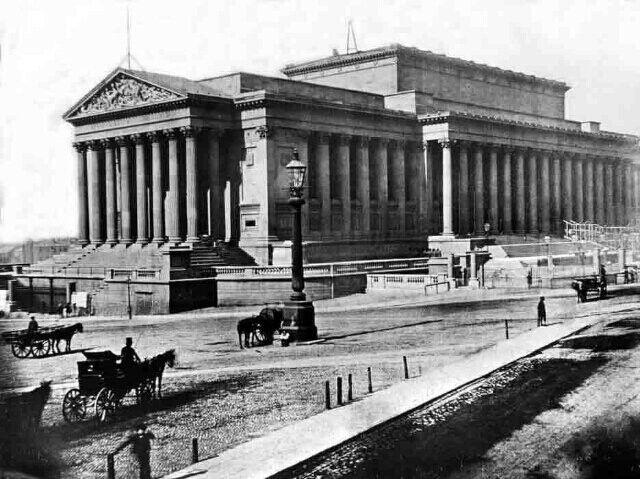
The Liverpool Assize circa 1851 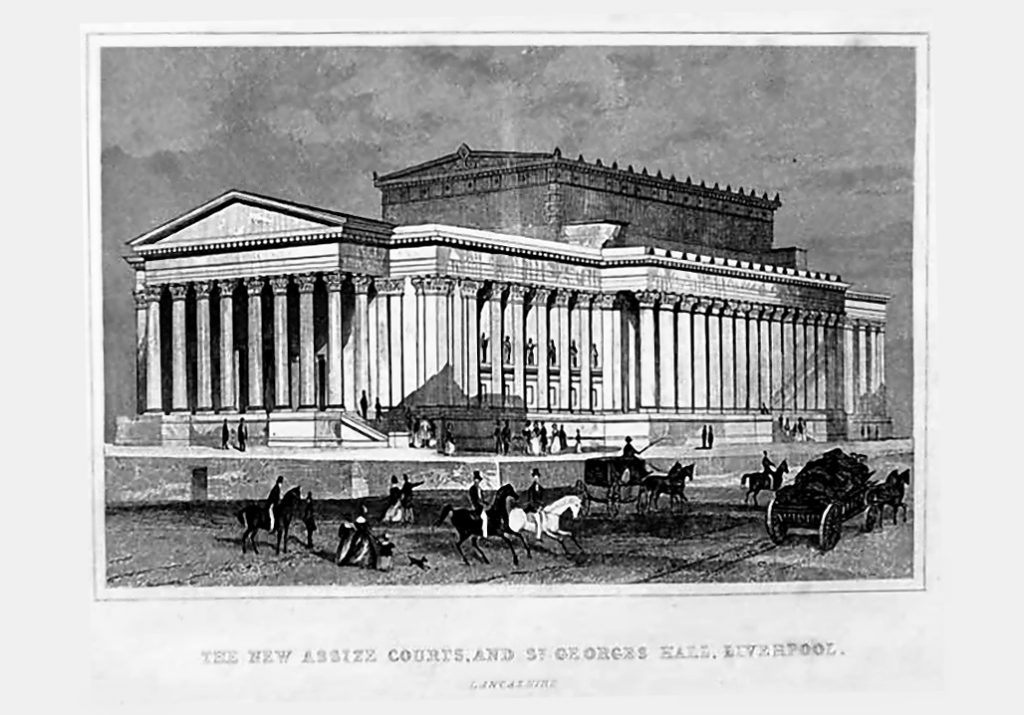
On Thursday, the 19th August 1858, the trial of Elizabeth Cunliffe, now aged 36, would finally take place at the Liverpool Assizes. Due to being in a weak state of mind, Elizabeth who would be undefended at the trial, was accompanied by a nurse as she took to her seat.
Mr. Kaye, prosecuting would begin proceedings by going through the case, detailing the facts leading up to and on the day of the terrible crime that Elizabeth had been charged with – that of murdering her youngest child as well as trying to commit suicide thereafter.
But in a strange twist of fate, Mr. Kaye would also give evidence which would hopefully convince the jury, with the recommendation of the judge, to acquit Elizabeth of all charges placed against her.
As for Elizabeth, when questioned she would say that she knew nothing of what happened back on the 12th September 1853 and would plead not guilty.
Jonas Wimpenny would tell the court he had attended to Elizabeth on many occasions prior to the murder of her child and on the day in question he was of opinion that she was of unsound mind at the time of the atrocity.
Further witnesses came forward with most saying that until the birth of Alice Hannah, Elizabeth had encountered hardship whilst living with her husband Henry, and things only intensified after the birth of Alice, leading Henry to stay away from home for days at a time, leaving his family with next to nothing to live on, such as food or money.
On retiring to make their verdicts, the Judge told the jury they had to consider whether the act of murder was that of a sane person. It didn’t take too long for them to reach their conclusion – immediately returning into court with a verdict of not guilty on the grounds of insanity.
This is indeed a sad and if not strange case. What makes it strange is that fact that three of her sons where in the same room when Elizabeth committed the murder as well as trying to take her own life. Indeed, the Blackburn Standard on Wednesday, 21st September 1853 commented, “What is rather remarkable, there were four (sic three) boys, brothers of the deceased, ranging from nine to three years of age, in the same bed, in the same room with the mother and child, when the melancholy acts where perpetrated; and though some of them must have been awake at the time, they seemed to know little or nothing of it; or if they did, they treated the matter with indifference.”
Alice Hannah Cunliffe was just 10 months old when her life was cruelly taken away from her. She was interred within the grounds of St. James in Haslingden on the 16th September 1853.
*UPDATED Thursday, 12th August 2021
We have been contacted by a direct descendant of the Collinge family who wishes to remain anonymous at this moment in time, which we fully understand and respect.
They have kindly submitted some interesting information which sort-of adds a little closure to this story in that we can confirm that Elizabeth, once being released by the authorities, moved back into the Rossendale Valley and resided at a place called Wood Top.
Census records show us that she had lived with her husband Henry and her children George, 16 and a cotton factory operative, John, 14, an apprentice stone mason, Whittaker, 12, also a cotton factory operative, William, 10, cotton factory operative and her daughter, Elizabeth who was just 9 months old.
In 1871, census records tell us Elizabeth had moved to number 1 Church Street, Rawtenstall and it seemed that Elizabeth and her family would continue to move around the area as by 1881, they had resided at number 4 Constablee, Rawtenstall and in 1891 they had moved to number 11 Holmefield, Rawtenstall.
By 1901, they had again relocated and this time to number 18 Back Ormerod Street, Rawtenstall but it seems she was alone at this time as records show us she is now a widow sharing the house with no other occupants.
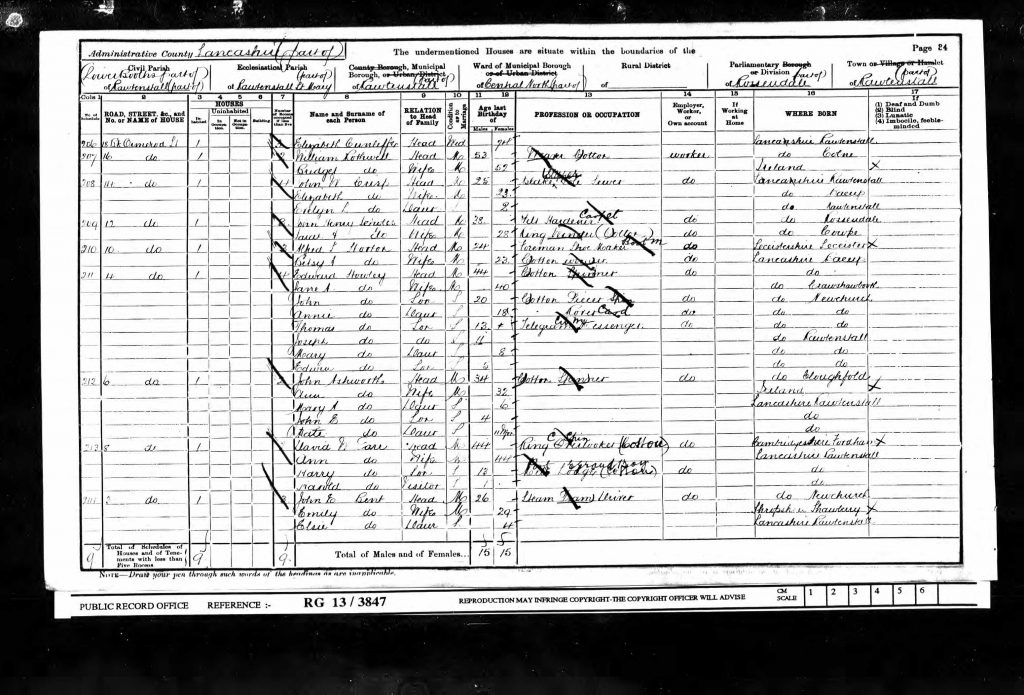
1901 Census 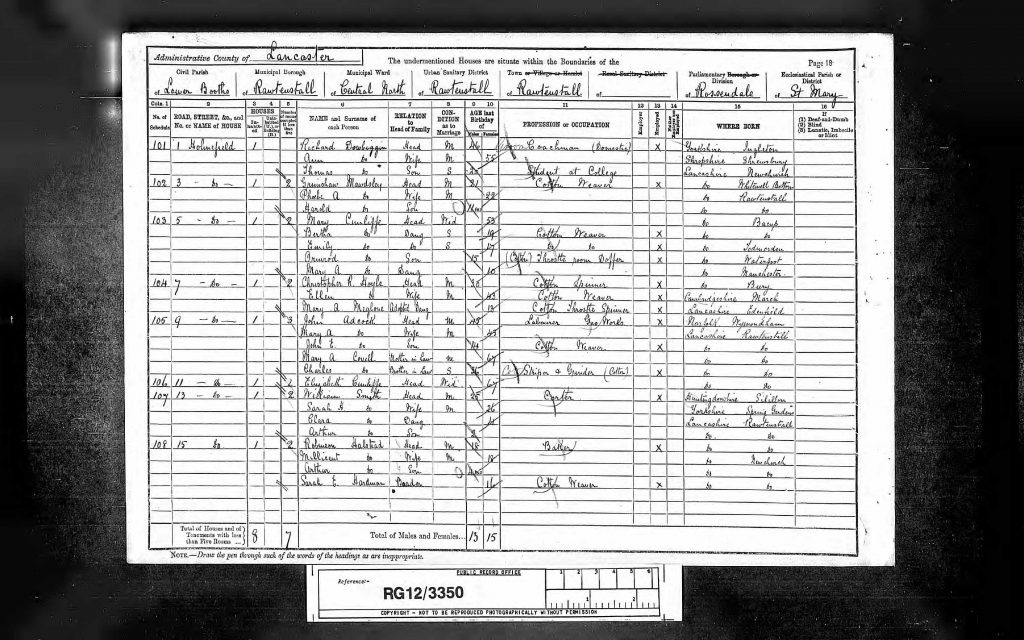
1891 Census 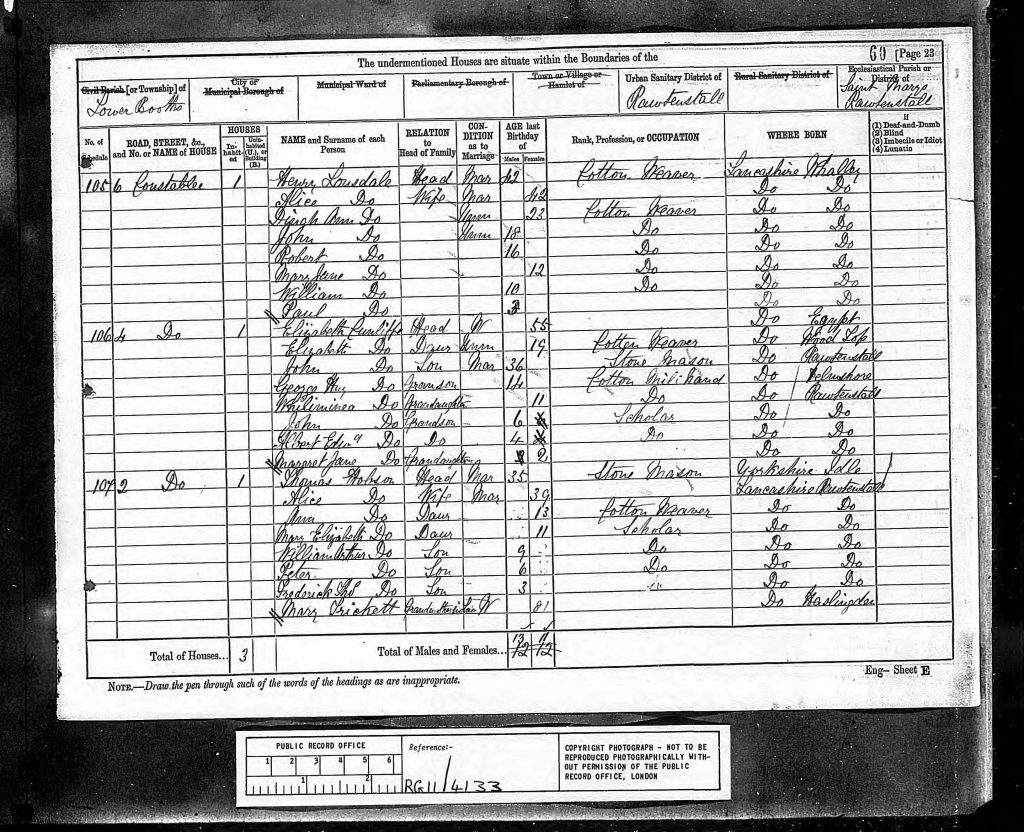
1881 Census 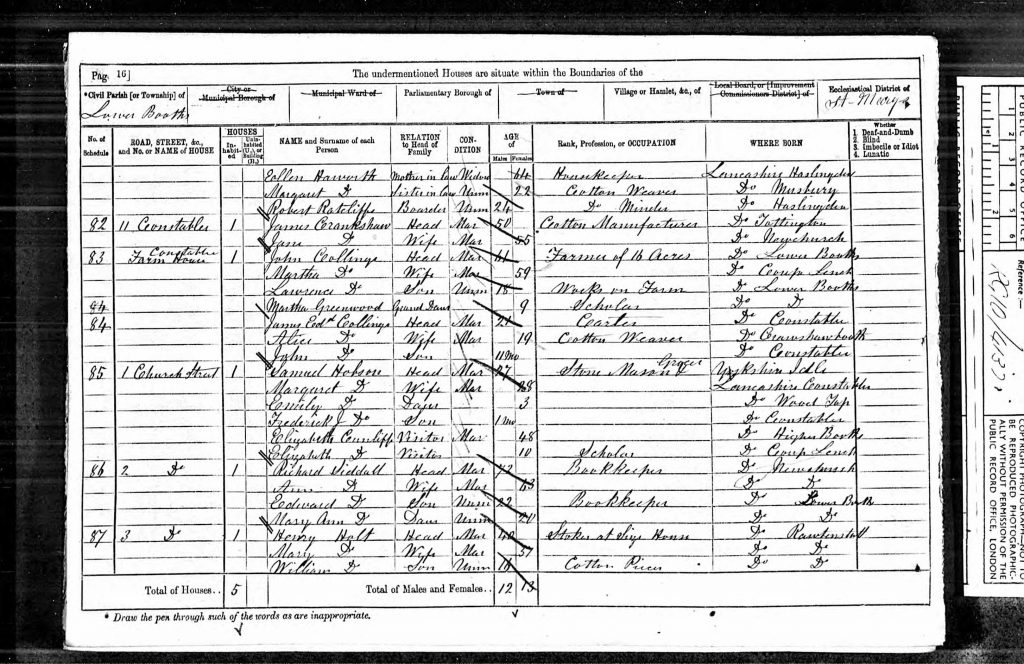
1871 Census 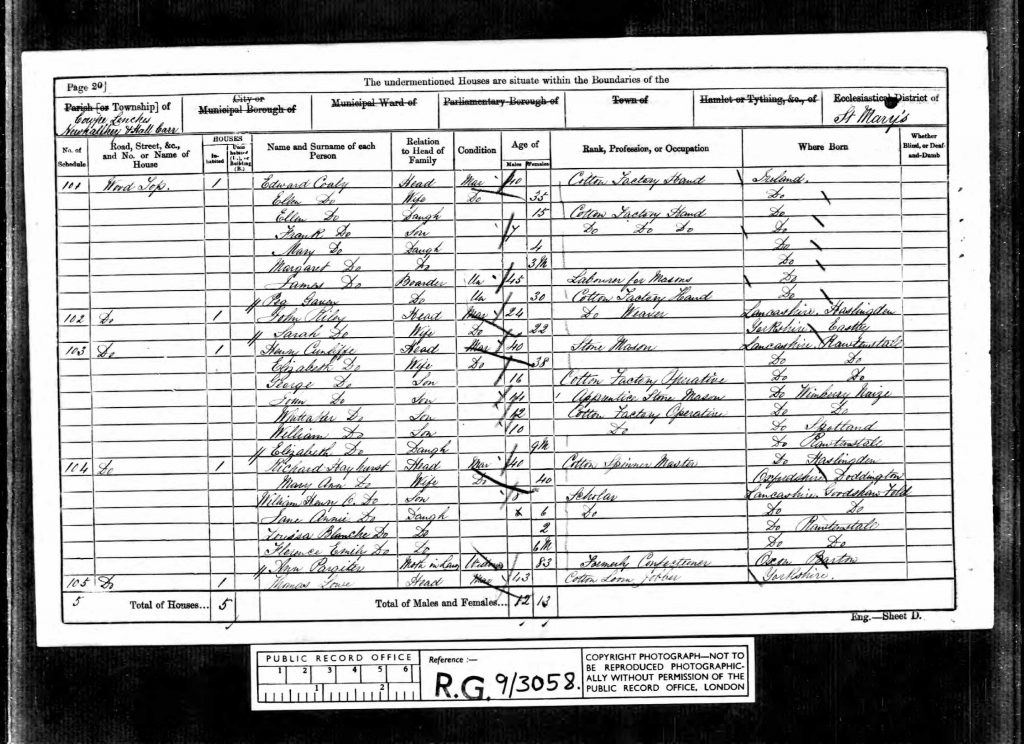
1861 Census 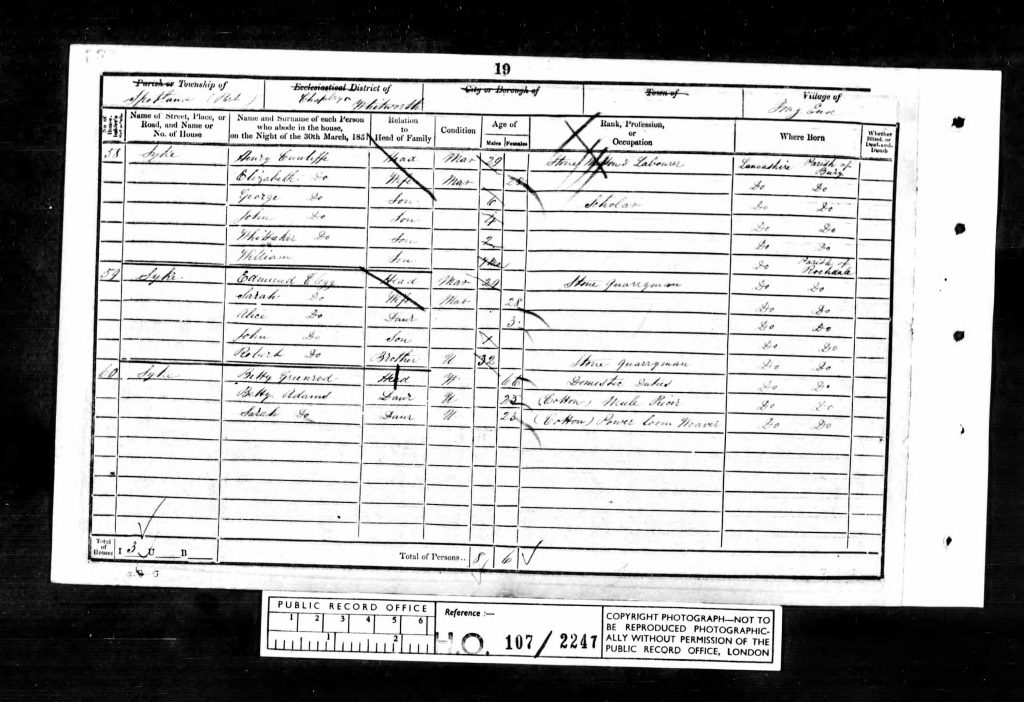
1851 Census
As for burial records, we have found information on a lady going by the same surname who was buried within the grounds of Rawtenstall Cemetery on the 13th January 1904. She was 81 years old. Her occupation being a housekeeper. However, it does appear that this is the same Elizabeth as the one in this extremely sad story.
We cannot thank the family member of the Collinge family enough for contacting us and helping us to hopefully create a more clearer picture of Elizabeth and what had happened to her after her release from the authorities.
Thanks to https://haslingdens.blogspot.com for valuable information and photos used for this article.
Thanks to https://peterfisher.smugmug.com/History (Peter Fisher) for allowing the use of photos used for this article.
Sources used for this story;
Blackburn Standard – Wednesday 14 September 1853
Burnley Advertiser – Saturday 01 October 1853
Liverpool Mercury – Saturday 21 August 1858
Bolton Chronicle – Saturday 21 August 1858
Blackburn Standard – Wednesday 27 April 1853
+ many more courtesy of the British Newspaper Archive – www.britishnewspaperarchive.co.uk
Please follow me on social media;
Twitter – https://twitter.com/dohpods
Instagram – www.instagram.com/dohpods

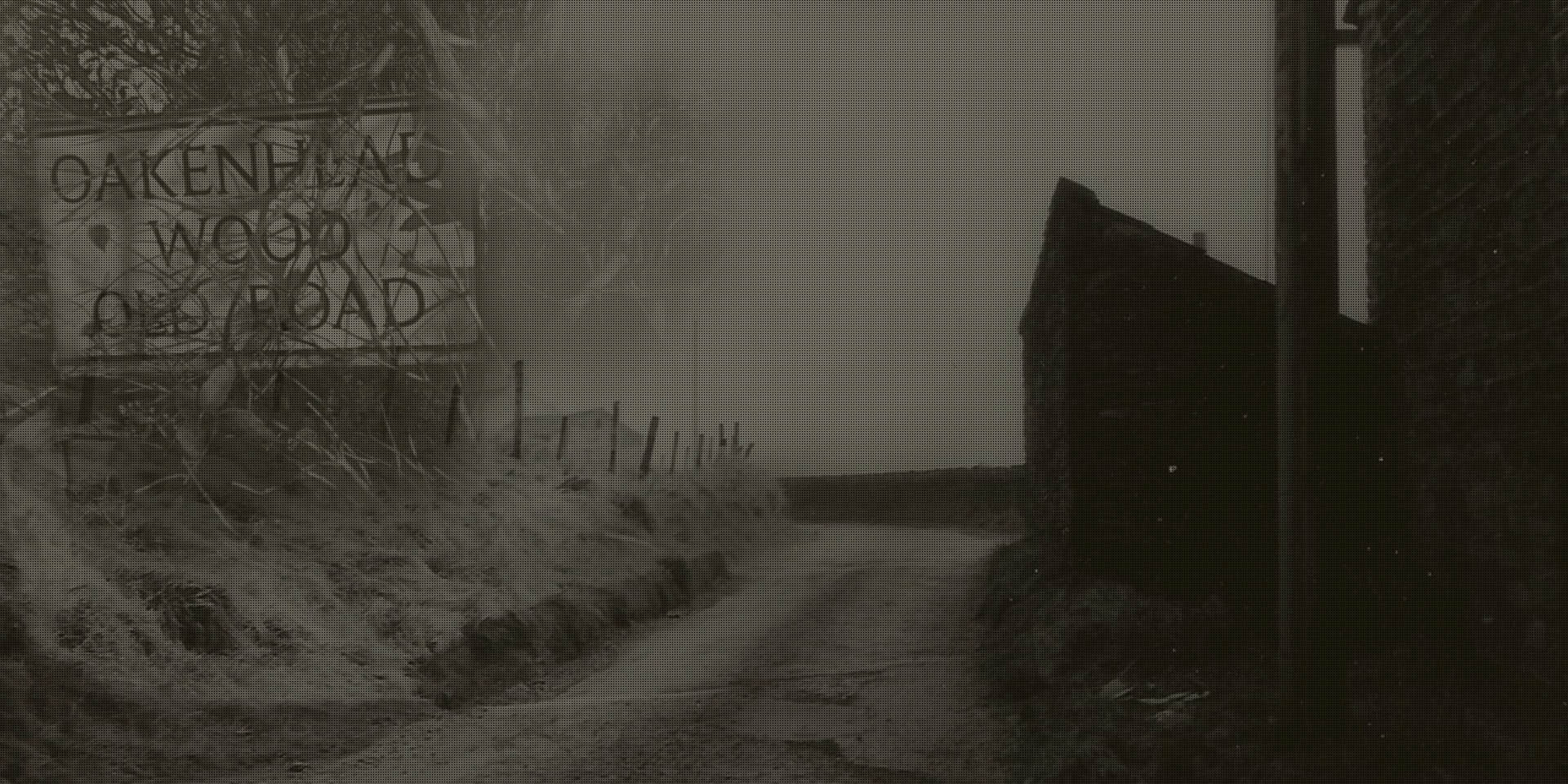
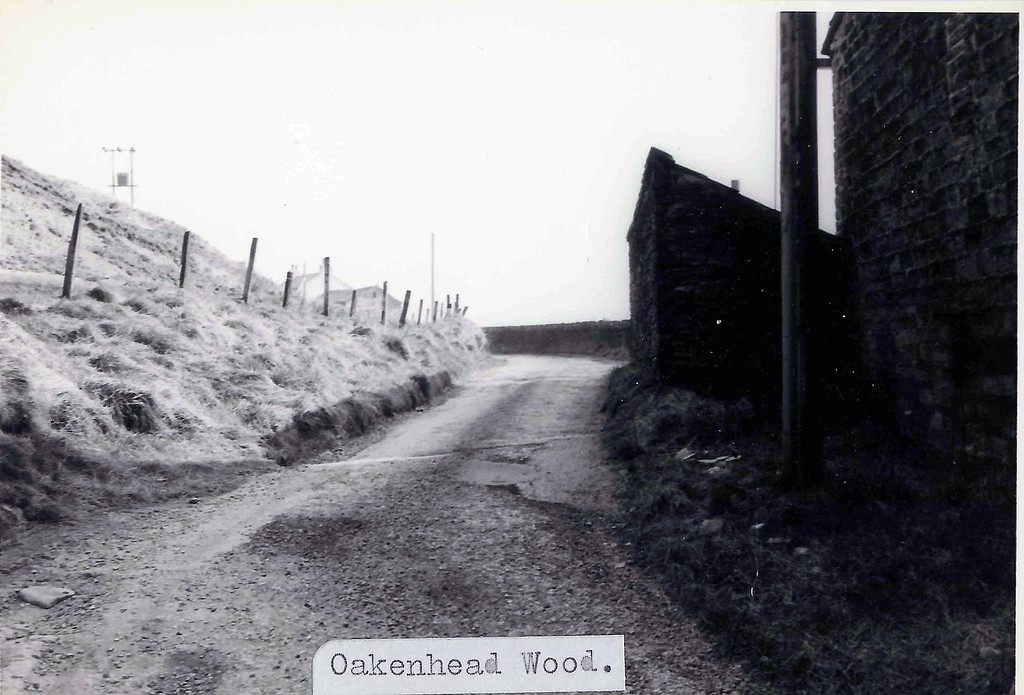
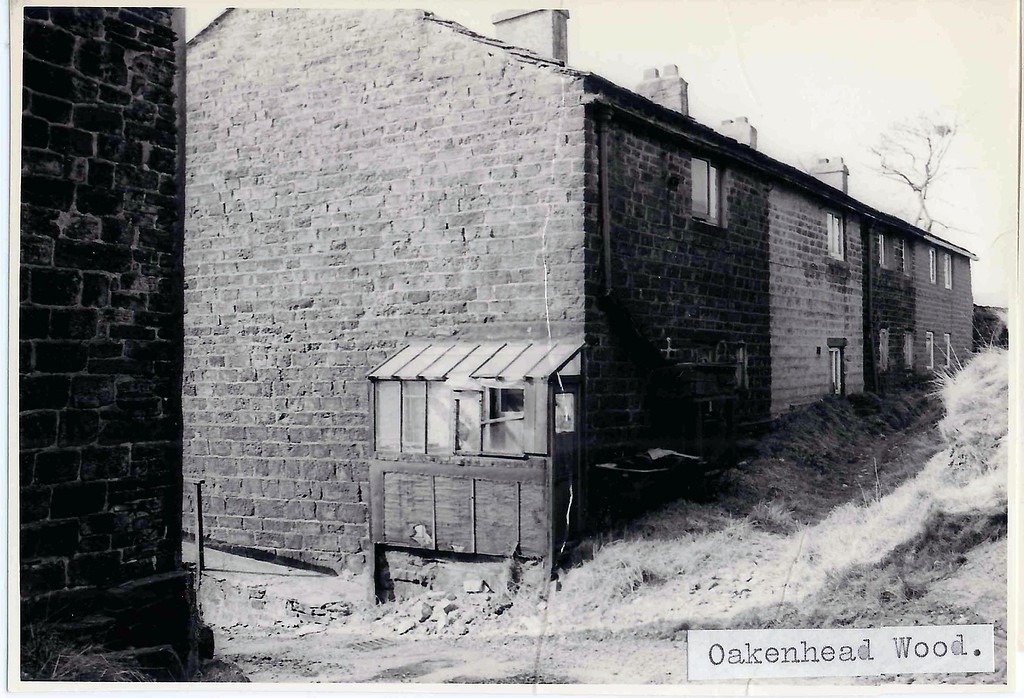
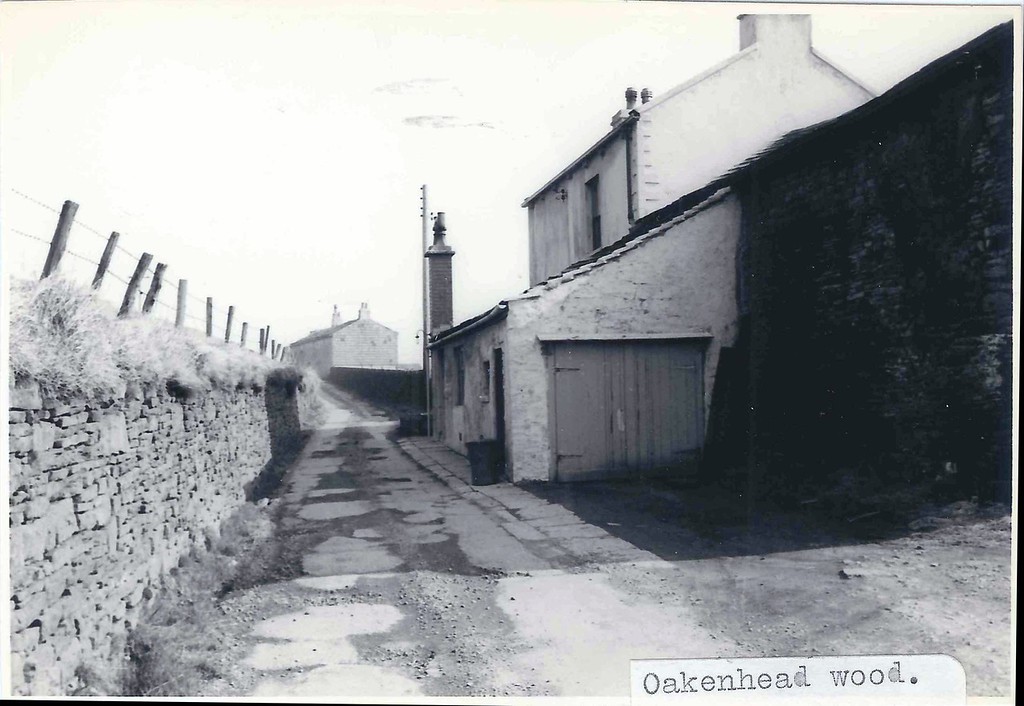
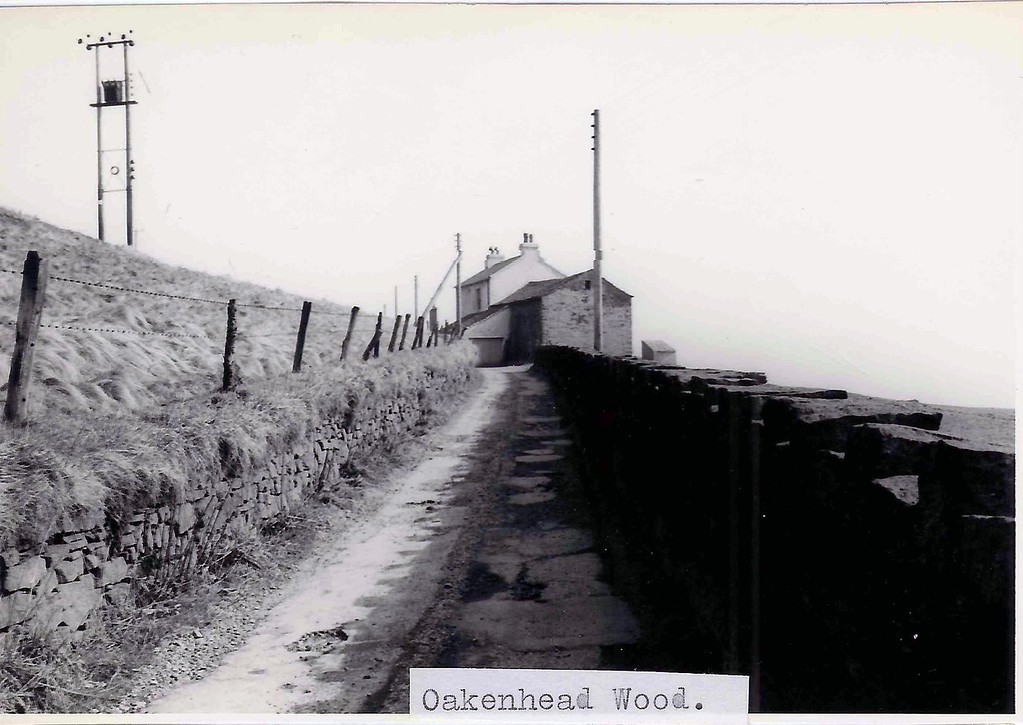


Leave a Reply